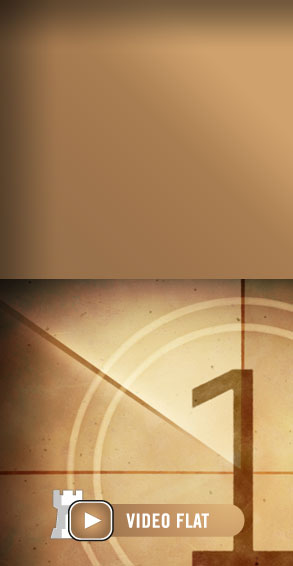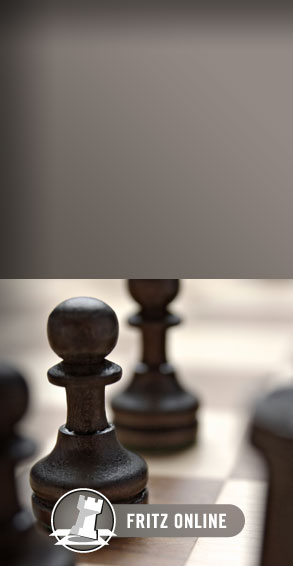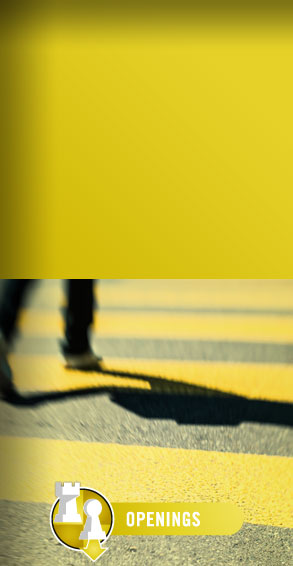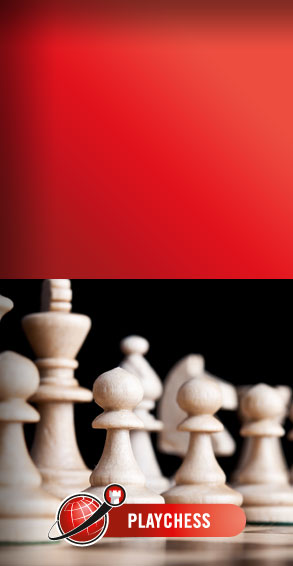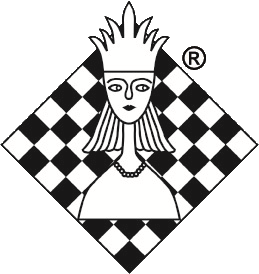Part IV: How (not) to play chess against computers…
In Part III we saw some evidence that
humans tend to wear themselves out very quickly in a head-to-head match against
a tireless computer. To combat this, a top grandmaster would be well-advised
to stick to very short matches against computers. Even a six-game match is quite
long enough to cause serious problems for the strongest and healthiest humans,
by the time Games Five and Six roll around.
Are there other ways that human players should adapt, in their ongoing struggles
to gain an edge against computers? Last time we focused on physical strength
and chess expertise. This time, I would like to investigate how computers and/or
humans can modify their own playing style, in an effort to gain an advantage
against the other.
(3) Playing style against specific opposition
It appears that computers can improve their "style" against grandmasters
in general. A fairly recent innovation is the specific tuning of software to
play more successfully against humans, even if the actual chess moves are not
objectively stronger. Chess Tiger, one of the top commercial programs, has a
"sibling" named Gambit Tiger which was specifically configured to
be more successful against human opponents. And X3D Fritz has supposedly been
tuned specifically to defeat human players, and even more specifically, to defeat
Garry Kasparov.
There is certainly a lot that a programmer can do to "tune" a program
in this way. Analyze all the games between humans and computers, and look for
the types of position where computers do unusually well. Computers don't do
as well when all 16 pawns are on the board? Just put in a "contempt factor"
so that your computer will devalue positions with all 16 pawns, and aim for
an early opening of lines.
Similarly you could analyze all known games of a particular opponent. Garry
Kasparov plays 50 points stronger than usual when he has both bishops still
on the board? Give a special 0.25 pawn bonus to the computer whenever it is
looking at a position where one of his bishops has been exchanged.
I just made those numbers up, by the way; I don't really know which types of
position are particularly suited to a computer, or to Garry Kasparov. It sounds
like a fun study, but right now I can't really tell you whether this "tuning"
is worth a lot or a little. What I can tell you, is that I have done some analysis
about openings. I have looked into which openings have historically been problematic
for computers against humans, and which openings have worked better for computers.
If I told you that the King's Indian Defense, Sicilian Defense, French Defense,
and Ruy Lopez were four of the openings that showed the most significant bias
toward one side or the other, in human-computer games over the past five years,
you probably wouldn't be too surprised. After all, computers are supposed to
play extra-well in tactical positions, and extra-weak "positionally".
And the King's Indian and Sicilian are "known" to be tactical openings,
whereas the French Defense and Ruy Lopez are viewed as being more "positional".
However, what if I told you that computers do poorly against humans in the
King's Indian Defense and Sicilian Defense, and unusually well in the French
and Ruy Lopez?
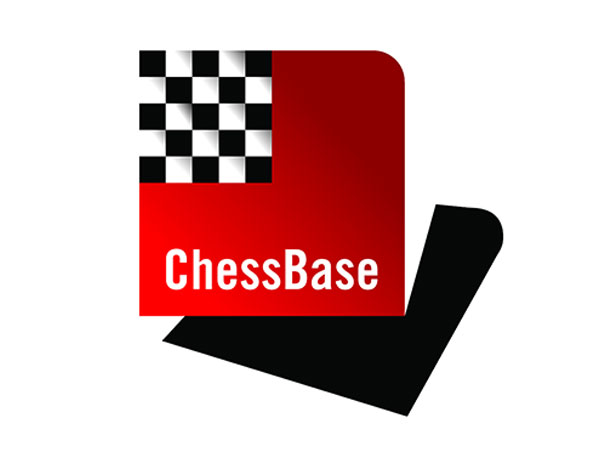
Maybe there's not enough games to establish the true pattern. I'm not going
to claim that the conventional wisdom is "wrong". I will say, however,
that the empirical evidence does not remotely confirm any claim that computers
are stronger in the Sicilian and King's Indian, or weaker in the French and
Ruy Lopez. It is time for a better distinction than "tactical" vs.
"positional".
Earlier on, I pointed out that one way humans could "improve" against
computers is to remove something negative from their play. We saw that scheduling
shorter matches is one way to remove (or at least) limit the fatigue factor.
There is another important factor, a stylistic factor, which may also be hurting
humans, but which is much harder to correct for. That is the irresistible urge
to play "in the grand style", to sacrifice material.
Stefan Fischl has to receive some of the credit for noticing this. We jointly
discovered, in a series of online postings to the ChessNinja
message boards in August, that there is a definite relationship between
a player's sacrificial style against humans, and their success against computers.
Human players who frequently give their human opponent a pawn, or even a piece,
and still win, will perform worse against computers than their ratings would
suggest. Players who rarely win by sacrificing material, on the other hand,
will do considerably better against computers than their aggressive counterparts.
For instance, Yasser Seirawan, John T.H. van der Wiel, and Joel Benjamin tend
to sacrifice material and then win, against similarly rated humans (within 100
Elo points), about 7%-9% of the time, although the grandmaster average is around
10% or 11%. They have all done considerably better against computers than their
rating would suggest. On the other hand, Garry Kasparov, Judit Polgar, and Alexander
Shabalov have a "sacrifice percentage" that is twice as high, or even
more. All three players are quite famous in the chess world for their bold,
attacking style. And all three of those players have historically played at
a level at least 200 rating points lower than you would expect, against computers!
Here is a chart showing this effect for 30 different contemporary players.
The players on the right side have a lot of sacrificial wins; the players on
the left don't sacrifice as much. The players near the top do better than expected
against computers; the players near the bottom do worse than expected.

Surely Garry Kasparov doesn't need me to tell him that it is dangerous to sacrifice
material against a computer. I think he probably already knows that! Although
the Kasparov of six or eight years ago may have tried to use the same approach
against computers that he did against humans, I don’t think we will see
the older and wiser Garry Kasparov playing so far below his true strength, this
time around.
The main point I am trying to make is that some of the top grandmasters can
still "improve" further against computers, by suppressing their own
natural urge to sacrifice and win spectacularly. If grandmasters are trying
to improve by changing their style of play, and computers are trying to improve
by "tuning" specific anti-human parameters, it may well turn out that
grandmasters are able to win that particular race. For one thing, it is quite
easy for a human to sit in the safety and privacy of their own living room and
experiment with playing styles against a strong computer.
I don't know what the future will hold for grandmasters and chess computers,
but I believe there is still hope for the grandmasters, if they continue to
adapt. Grandmasters are constantly improving at chess, and learning more about
how to change their own playing style against computers, and that may be enough
to maintain the balance, or even pull ahead again.
In Part V, the final article in the series, Jeff Sonas will give us his
statistical predictions for the match between Garry Kasparov and X3D Fritz.














